Liverpool Docks, Lancashire, England
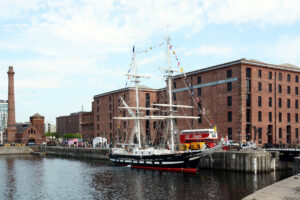
In 1837 the Prophet Joseph Smith sent Heber C. Kimball, Orson Hyde and several others on a mission to Great Britain. This mission produced some 1500 converts to The Church of Jesus Christ of Latter-day Saints. It wasn’t long until a migration of converts began, lasting for more than a half century. In most cases, the point of embarkation was Liverpool, Lancashire on the banks of the Mersey River which then ran into the Irish Sea. Following that first mission, the members of the Quorum of the Twelve Apostles were called by revelation to labor in Great Britain (see Doctrine and Covenants 118). Thousands more were converted to the Church during the period of this mission.
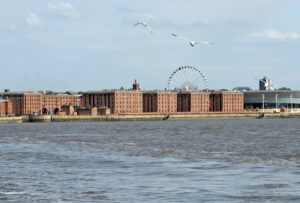
According to migration scholar Fred Woods, “Liverpool was the primary location for Latter-day Saint embarkation throughout most of the nineteenth century. It was the headquarters of the British mission; and, by 1840, Liverpool was the most active international port of emigration in the world. . . . Much to the sailors’ delight, it was generously sprinkled with two thousand pubs. In 1840, the Saints commenced from the docks of Liverpool for America. The choice of location was based on three primary factors. First, the Mersey River was easier to navigate than was the Thames in London. Second, railroad lines coursed like arteries to the heart of the Liverpool docks. Third, and most important, the British Mission was located there.”
A publication produced for the sesquicentennial of the first British Mission adds, “At the Liverpool docks the newcomers would have watched bustling humanity bound for all parts of the globe, as well as cargoes from ‘the workshop of the world’–exports that had made nineteenth century British society the wealthiest in history.”
James B. Allen, et al., noted that “Liverpool was England’s chief port and also the port of embarkation through which practically every emigrant from England passed. Situated on the east bank of the Mersey River, it was the exporting harbor for all the rest of Lancashire, the center of British manufacturing. It had a population of approximately 223,000 people.”
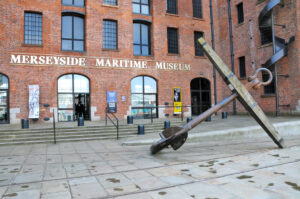
Several years after the Latter-day Saint migration began, in July 1846, a new feature at the docks opened: the Prince Albert eponymous dock. Over the years, container shipping and other factors brought about the decline of Liverpool as a major shipping port. The Prince Albert Dock was used in one capacity or another until 1971. It was later redeveloped adding restaurants, shops, museums and other features beginning in 1984. It is a marvelous site to learn about the maritime history of the Liverpool docks.
Map and Directions
Ownership Status
The area known as the Liverpool Docks is open to the public. Private businesses located there operate with their own hours and associated costs. Otherwise, visitors are able to stroll through this historic area as they please free of charge.
Photos
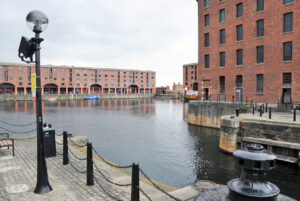
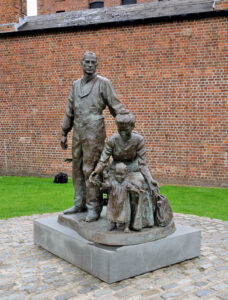
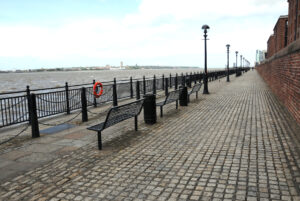
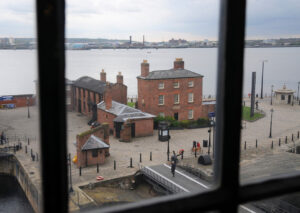
Articles & Resources
Sources and References
Fred E. Woods, “From Liverpool to Keokuk: The Mormon Maritime Migration Experience of 1853,” Mormon Historical Studies, Vol. 4, Number 2, Fall 2003, 4-5.
Malcolm R. Thorp, in V. Ben Bloxham, James R. Moss, Larry C. Porter, eds., Truth Will Prevail, 45.
James B. Allen, Ronald K. Esplin, David J. Whittaker, Men With a Mission: The Quorum of the Twelve Apostles in the British Isles, 1837-1841, 27.
